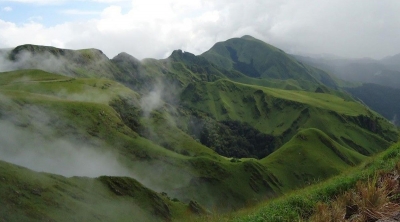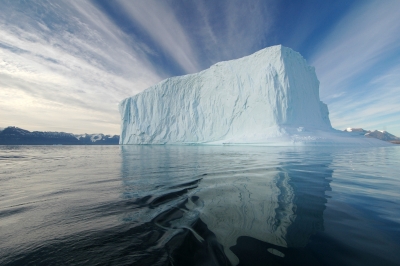What is special about Cocos Island?

Situated more than 500 km off the Pacific Coast of Central America's Costa Rica, Cocos Island National Park spreads across more than 2,000 sq km. and includes both the Island and the protected marine regions surrounding it. Established by Costa Rica as a National Park in 1978, this remote region is said to have inspired the popular classic Treasure Island". It is made up of different kinds of land and water areas such as forested mountains, rivers, waterfalls, cliffs, beaches, bays, and coral reefs, in addition to the pelagic zone. The pelagic environment supports and witnesses large congregations of marine species, including many that are near-threatened, vulnerable, and endangered such as silky sharks, whale sharks, and hammerhead sharks. The Park was declared a UNESCO World Heritage Site in 1997 for its rich marine biodiversity. While the region sees limited human presence in the form of conservation staff, scientists, and tourists, illegal fishing in the waters has been of concern, despite monitoring. Another major threat it has faced is from invasive alien species, both plants and animals. Efforts are on to eradicate these while also watching out for new invasions.
Wildlife
Among the birds that can be spotted in the Island are grebes, teals, crakes, rails, coots, gullinules, petrels, shearwaters, pelicans, herons, egrets, frigatebirds, boobies, plovers, sandpipers, terns, gulls, ospreys, hawks, falcons, grosbeaks, flycatchers, kingfishers, orioles, swallows, and martins. The Cocos cuckoo, Cocos flycatcher, and Cocos finch are endemic to the Island. The region does not have a variety of mammals to boast of Even a few mammals such as boars introduced in the region decades ago are said to have become extinct. There are several species of insects and a few reptiles too. However, more significantly, the pelagic species that the surrounding marine ecosystem hosts is much larger and diverse. It includes several species of sharks, tuna, dolphins, and rays. The large marine animals that cross the waters include humpback whales, pilot whales, bottlenose dolphins, sea lions, and hawksbill, green and olive ridley turtles.
What is pelagic zone?
- Pelagic zone is the entire water column or open ocean (that's not close to the bottom or coastline). It is the world's most expansive habitat. The number of creatures and species in the zone decrease with increase in depth.
- This zone supports thousands of species in varying sizes and shapes from plankton to whales. The distribution of marine life here depends on several factors such as nutrients, prey availability, water temperature and sunlight.
- The creatures in the pelagic zone include jellyfish, krill, many species of squids, octopuses, turtles, birds, dolphins, sharks and fish, including tuna and swordfish.
- A few creatures such as sea birds and turtles in this zone have to travel long distances between their feeding and breeding areas. This means, they are directly in the line of threat from predators in the water or those outside of it (humans).
Picture Credit : Google

